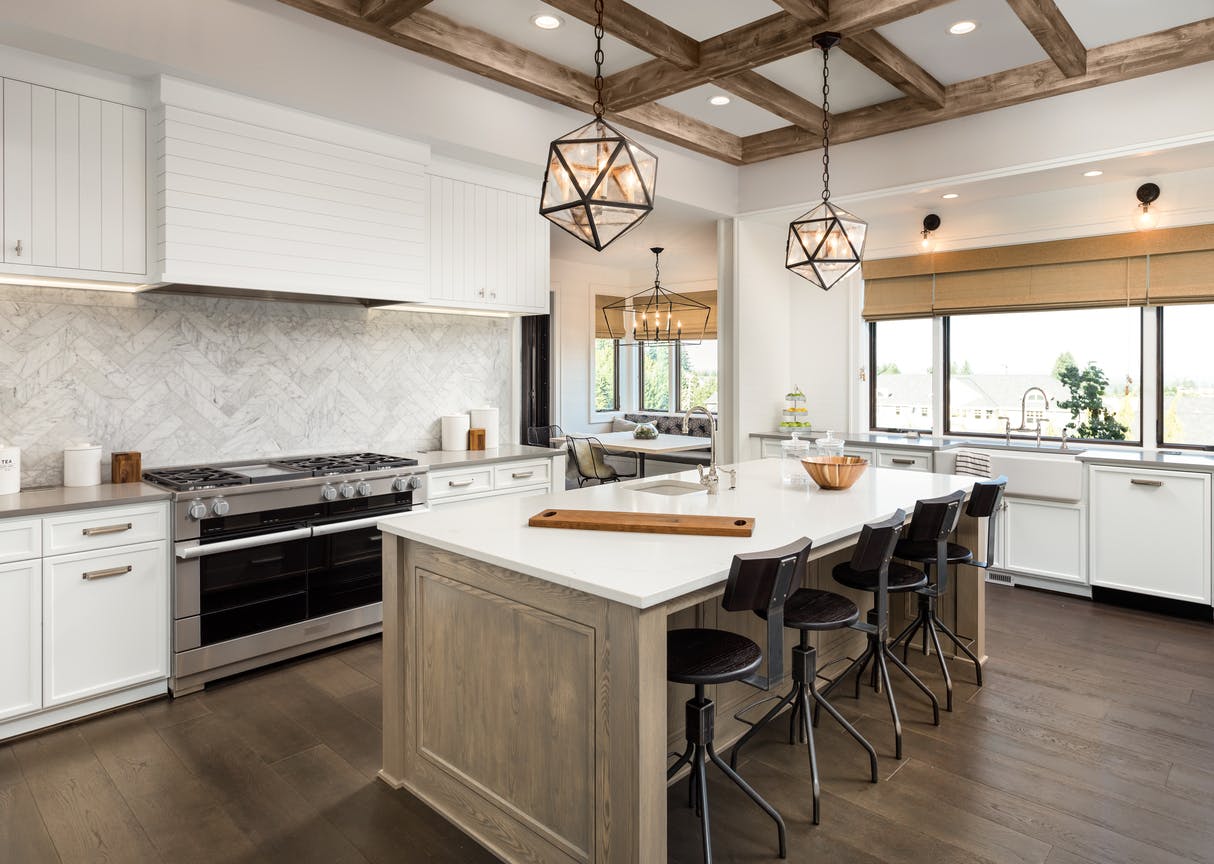
{{L-shaped kitchens, functionality and design in any space}}
L-shaped kitchens are one of the most popular styles in recent years. They are the perfect choice for any kitchen style, regardless of its size and decorative features. Here we explain why they have become such a great design success and give you some tips on how to get the most out of them. Check them out!
ADVANTAGES OF L-SHAPED KITCHENS
The two-row layout of the units placed perpendicularly to each other achieves a clear space, eliminating the limitation of the single passage area. When it comes to space, this style fits well in both square and rectangular shaped kitchens, and one of their major advantages is that it can be easily fitted to any size of home. Furthermore, in the case of narrow floors, the tube effect that could cause two rows of units running parallel is eliminated. Also, the large amount of free space makes this style ideal for family kitchens, as several people can move around at the same time without getting in each other’s way.
More benefits? The corners are not the best used space in kitchens. In L-shaped kitchens, there is only one corner, the one with the angle formed by the smaller and the longer side. An L-shaped kitchen is also the perfect solution if you want to add an island or a kitchen diner for relaxed meals.
This is the perfect way to make the most of small spaces. So, if you have a small kitchen, choose the L-shape layout to make it look more spacious. Because this layout also makes it easier to move around and even to cook in a more comfortable and space-saving way.
GOOD LAYOUT OF THE FEATURES
L-shaped kitchens can easily integrate the different areas, i.e. cooking, storage and washing up. Bear in mind that a refrigerator and kitchen sink are usually placed on one side, and the hob and oven on the other. Also, keep this important fact in mind: a minimum distance of 60cm should be left between the water and fire areas, for safety and to ensure a comfortable use.
L-shaped layouts are not always two rows of units fixed to the wall, but one side can be on a peninsula, for example, thus separating the kitchen from an adjacent space.
GOOD LAYOUT OF THE FEATURES
L-shaped kitchens can easily integrate the different areas, i.e. cooking, storage and washing up. Bear in mind that a refrigerator and kitchen sink are usually placed on one side, and the hob and oven on the other. Also, keep this important fact in mind: a minimum distance of 60cm should be left between the water and fire areas, for safety and to ensure a comfortable use.
L-shaped layouts are not always two rows of units fixed to the wall, but one side can be on a peninsula, for example, thus separating the kitchen from an adjacent space.
COMMON SOLUTION FOR OPEN-PLAN KITCHENS
The L-shaped design is the most widely used today. In closed kitchens, it is ideal to create an open-plan floor for a comfortable and wide passage, leaving a lot of space in the middle of the room. But they are also, and above all, very popular in open-plan kitchens, related to the living-dining room. In these cases, the units are usually finished off with an island in the middle of the kitchen to increase the storage capacity and countertop space.
Remember to provide the right lighting in your L-shaped kitchen to enhance the uniqueness of the space, e.g. by fitting small lights under your kitchen units. Needless to say, natural light is still the best feature to add balance, tranquillity and spaciousness to any place.
L-shaped kitchens are not only functional, but also stylish and distinctive. Choose the format that best suits your style or select different styles for a dream kitchen. Focus on the look of the kitchen countertop, units, floor, cladding… Everything can be combined or achieved to provide visual continuity thanks to the Silestone and Dekton surfaces; especially with Dekton Slim, a minimum 4mm thick surface that will make any covering a reality.
Without a doubt, the layout of kitchen units must be fitted to the available space, as well as the family’s size and lifestyle. Does an L-shaped kitchen work for you?
3 years ago | Written by: Cosentino

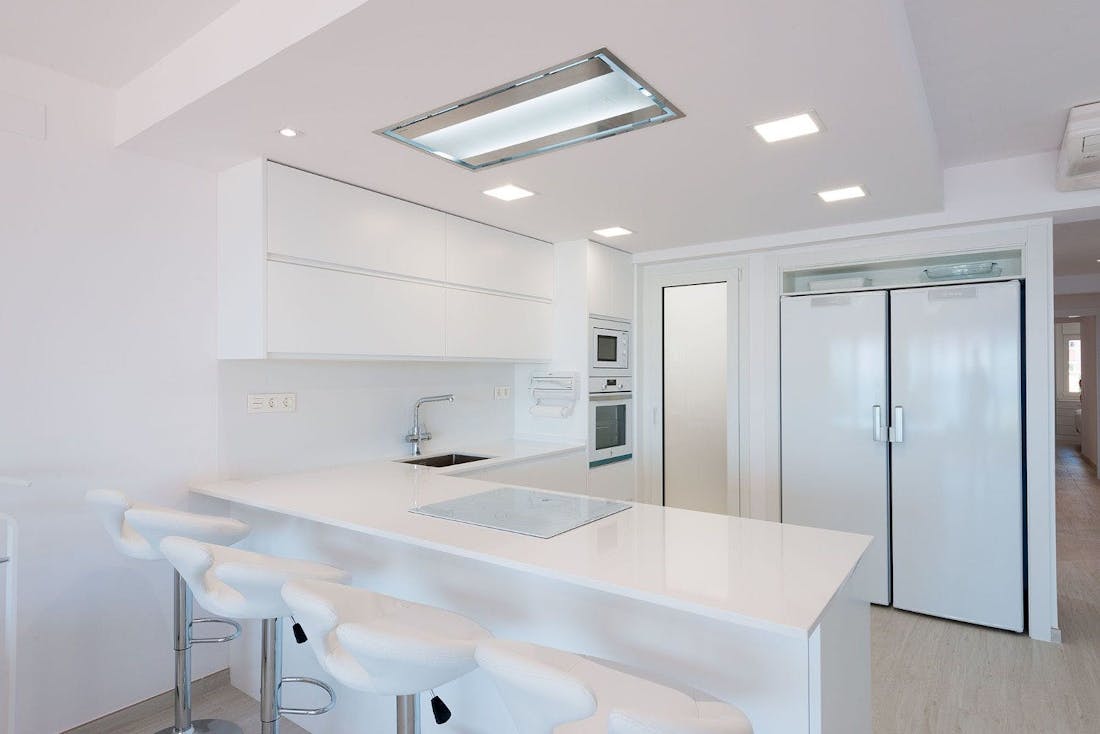
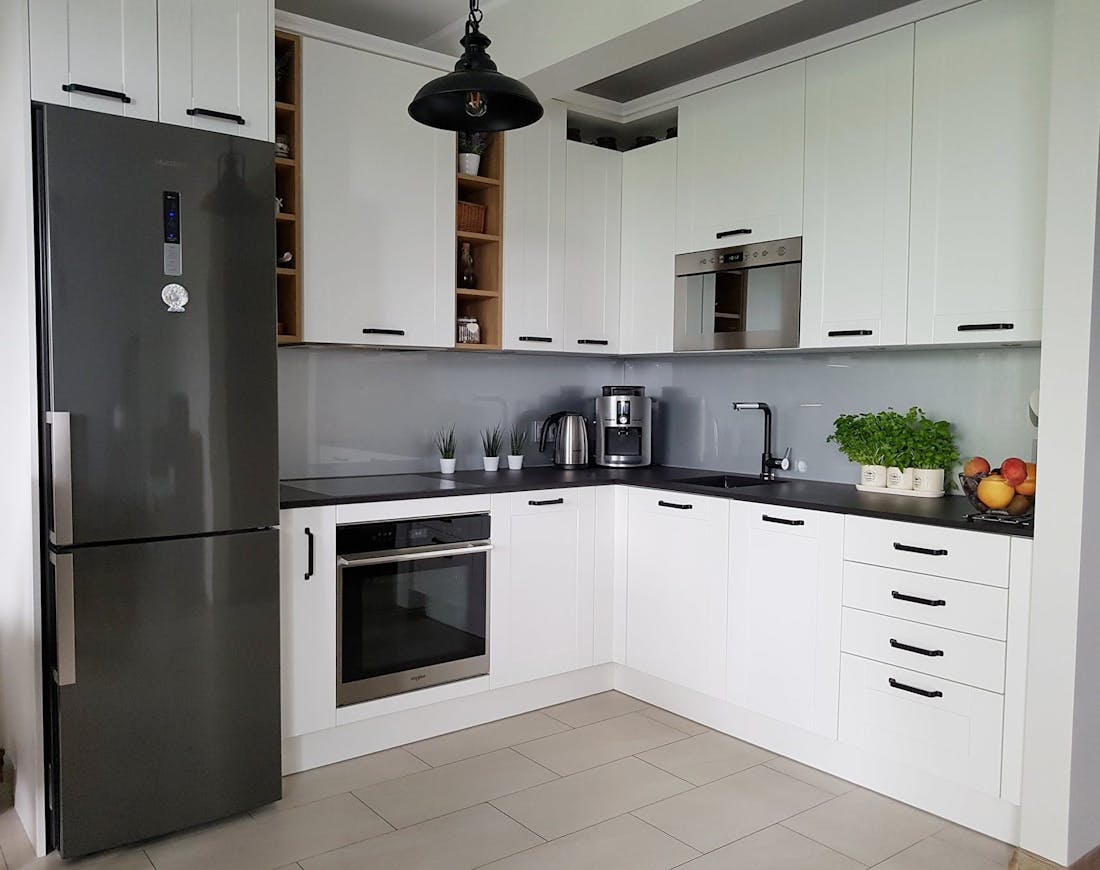
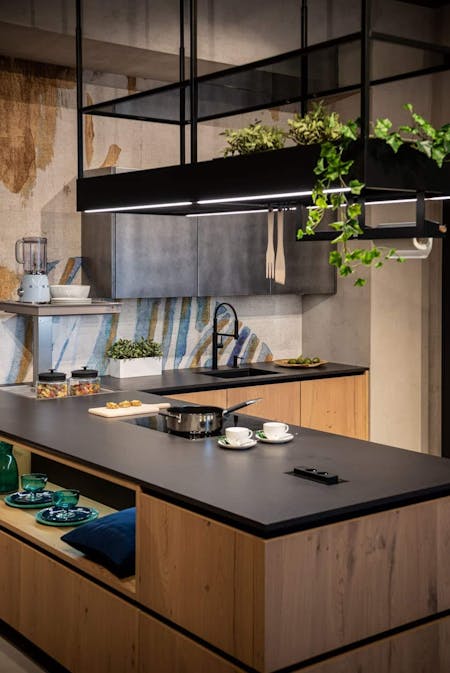
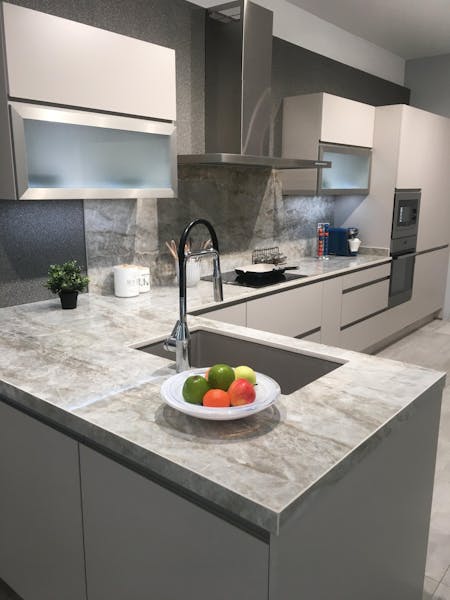
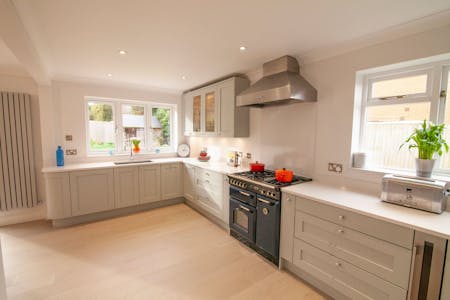
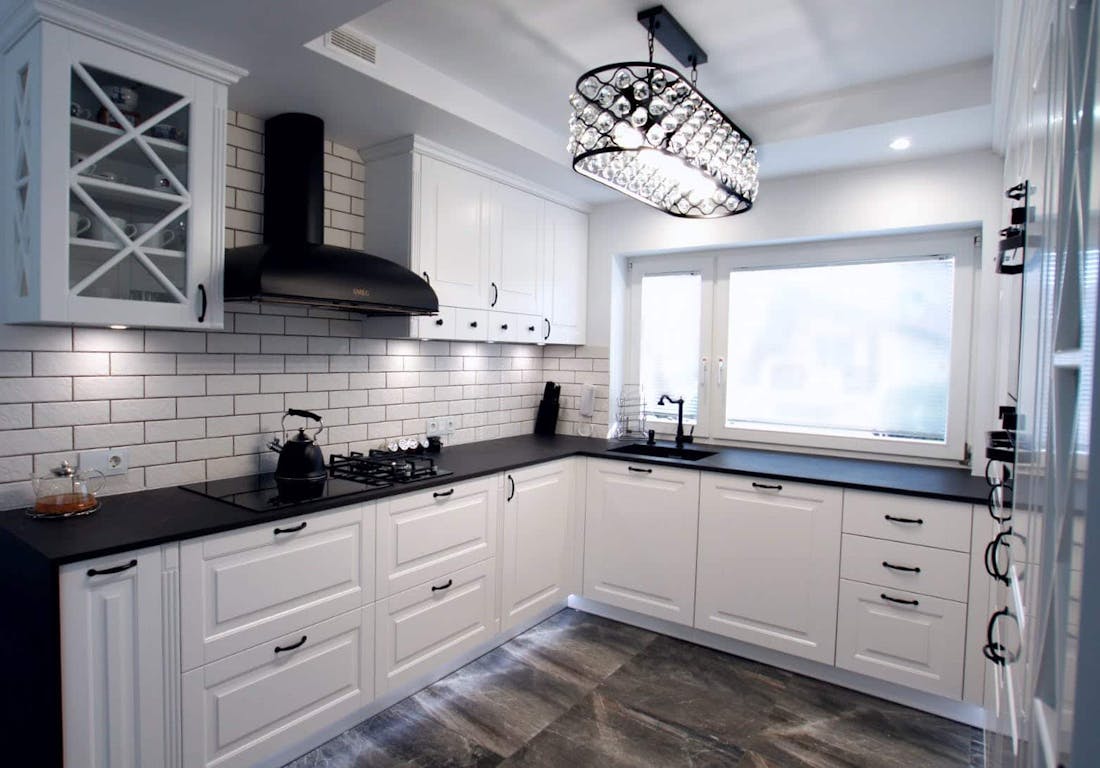
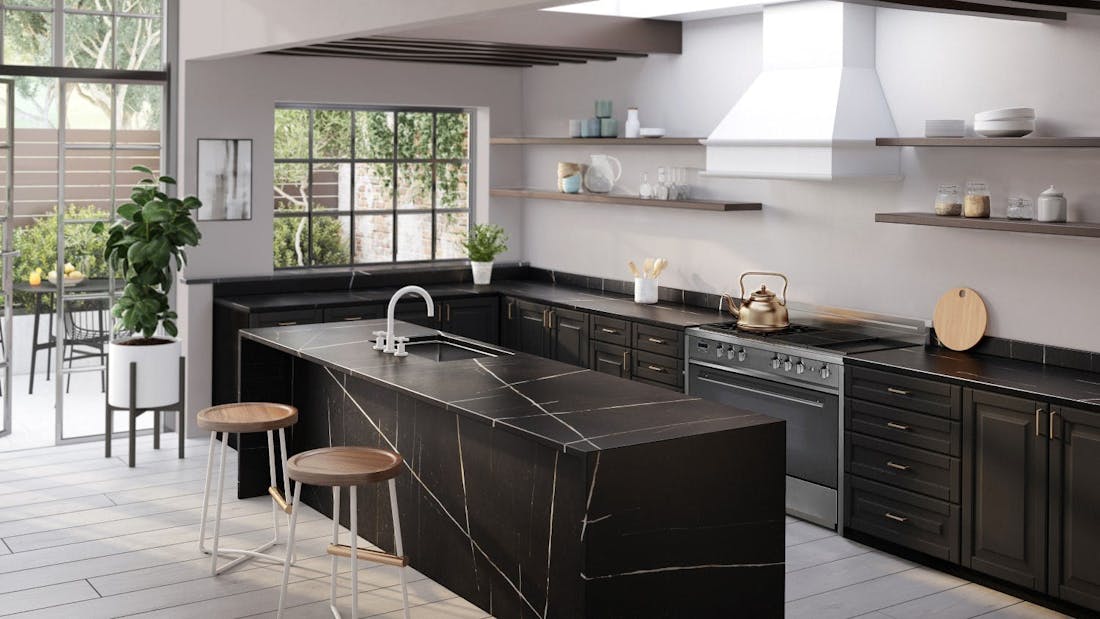
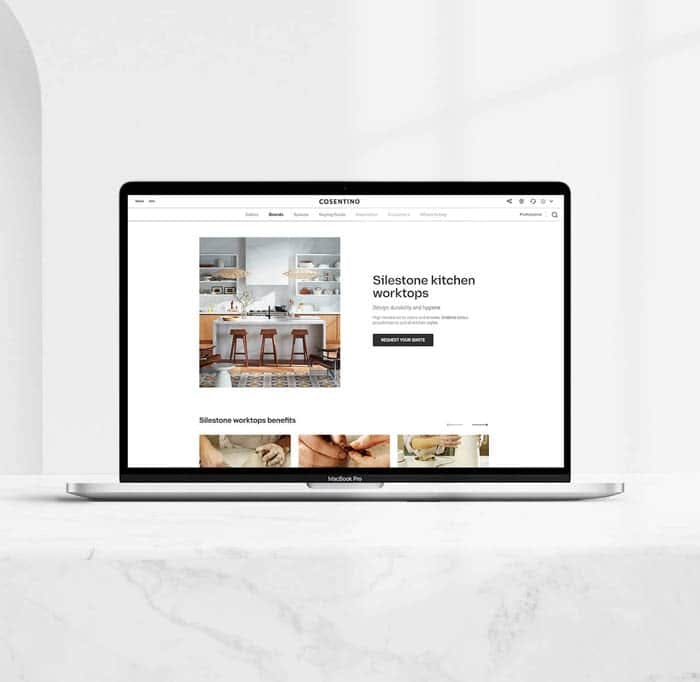
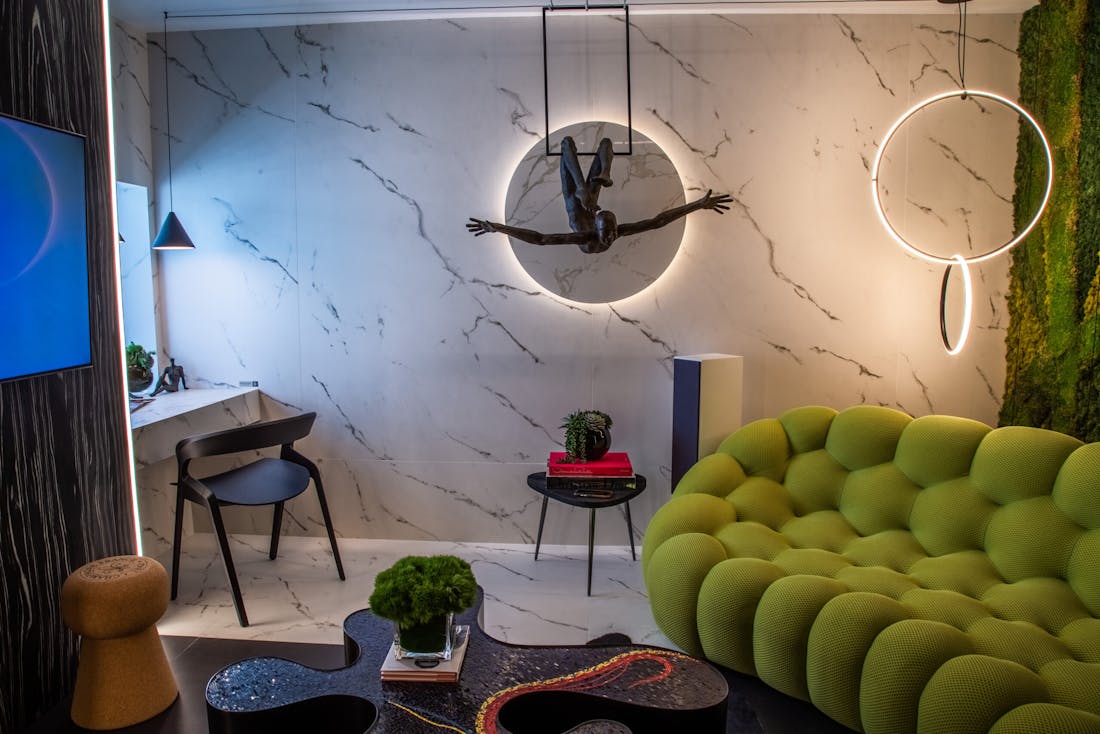
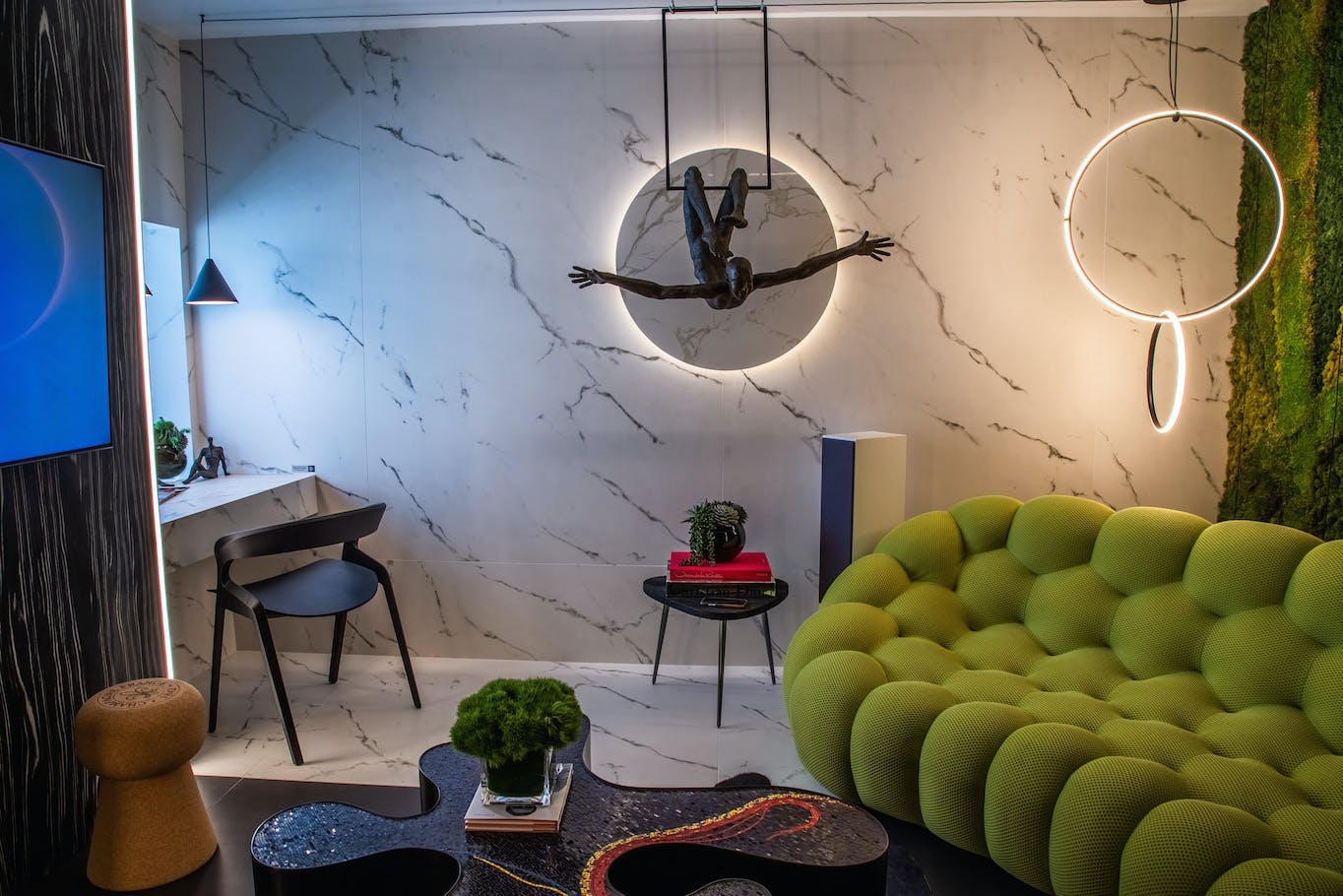 Cosentino
Cosentino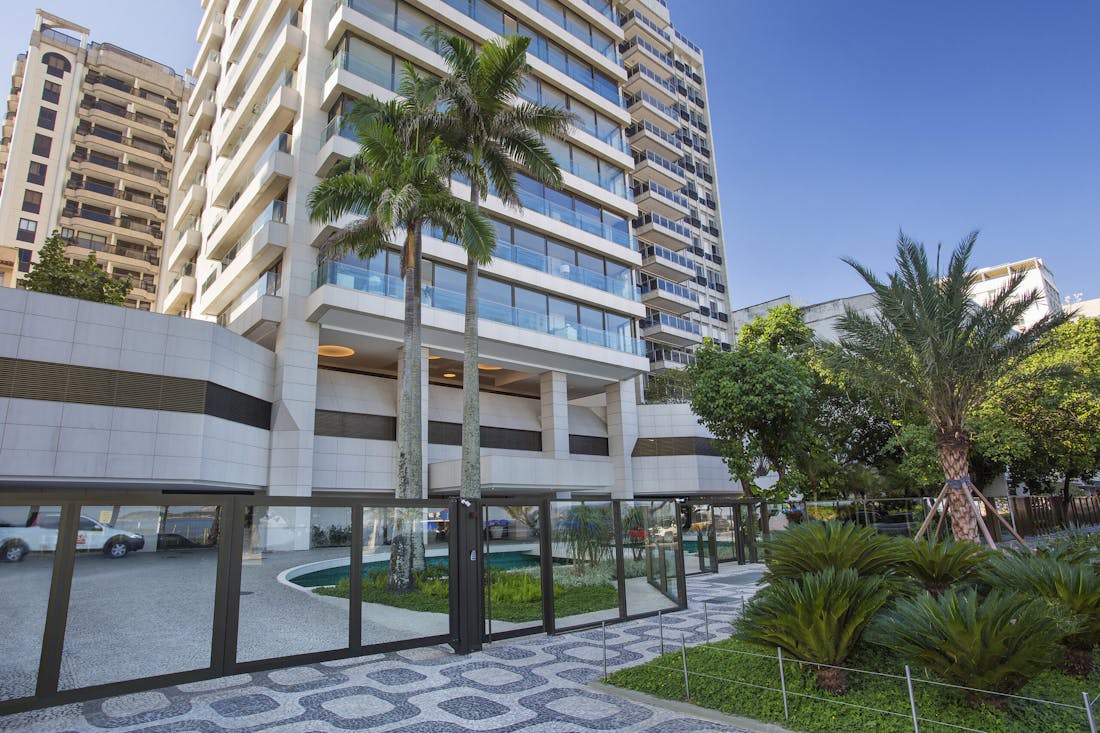
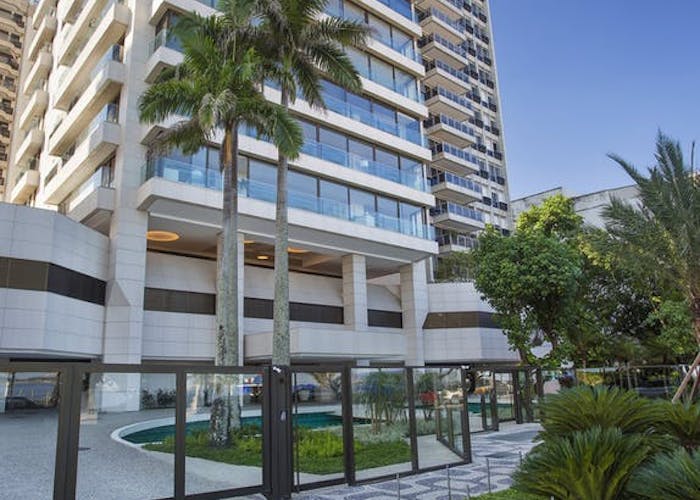
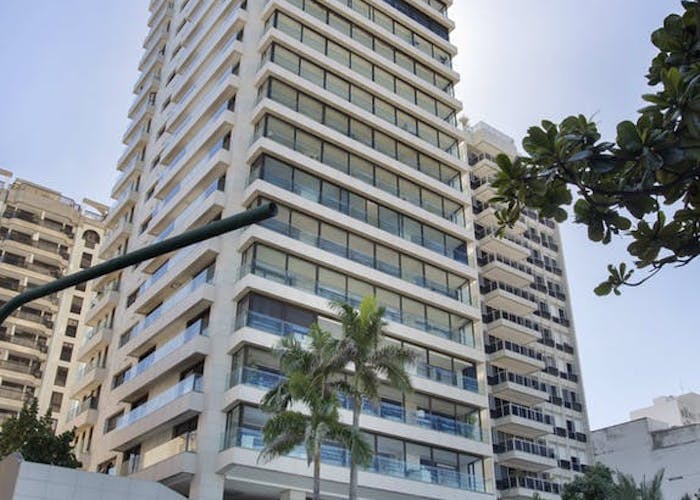
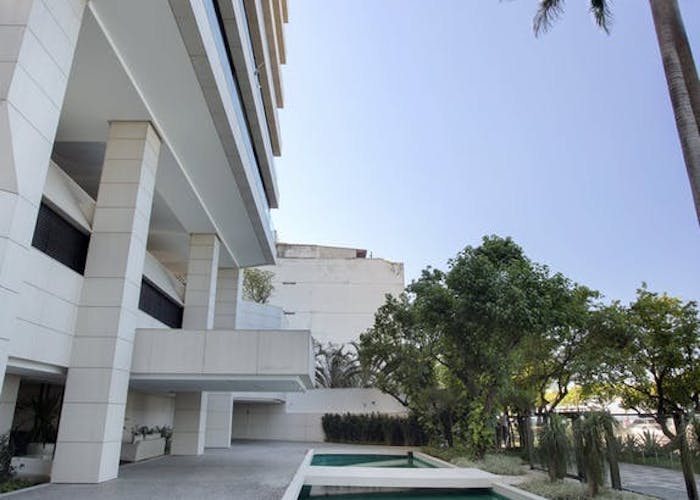
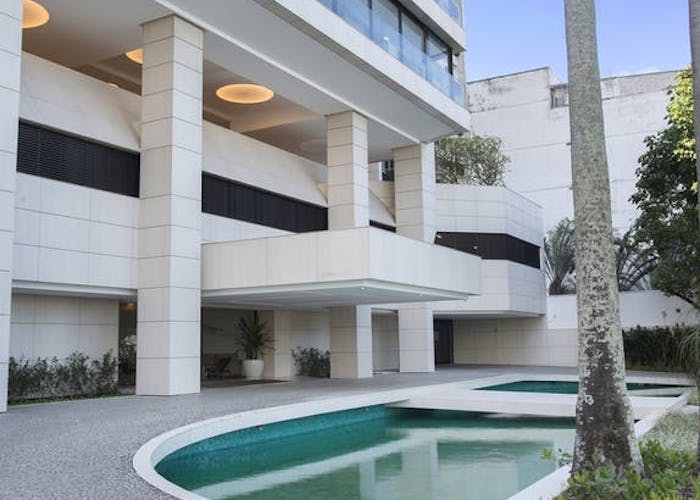
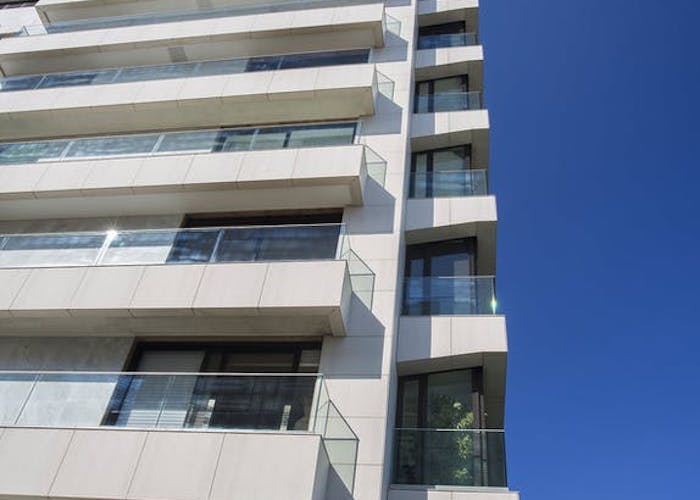
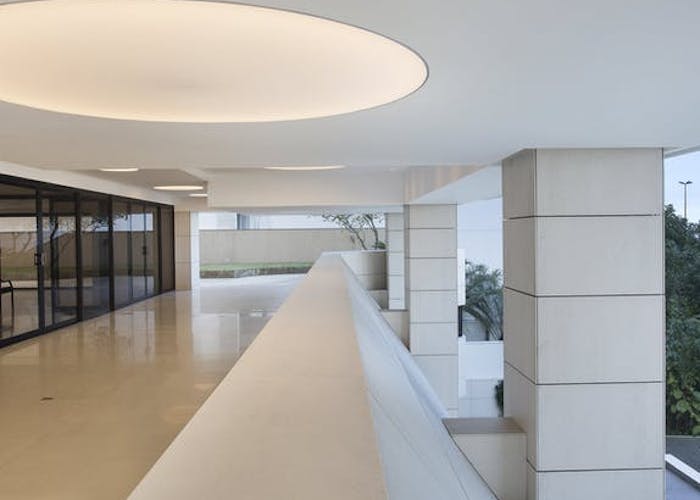

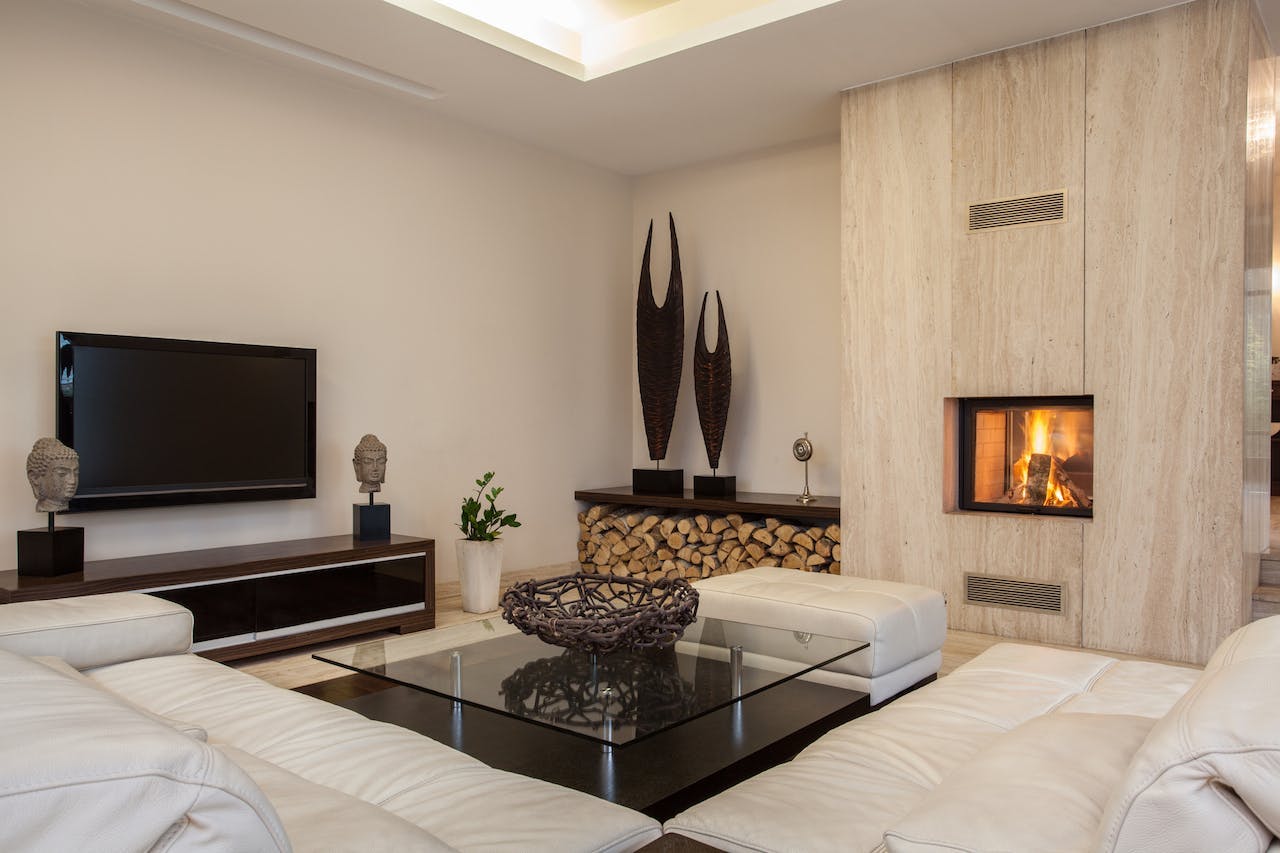 Travertine Marble
Travertine Marble

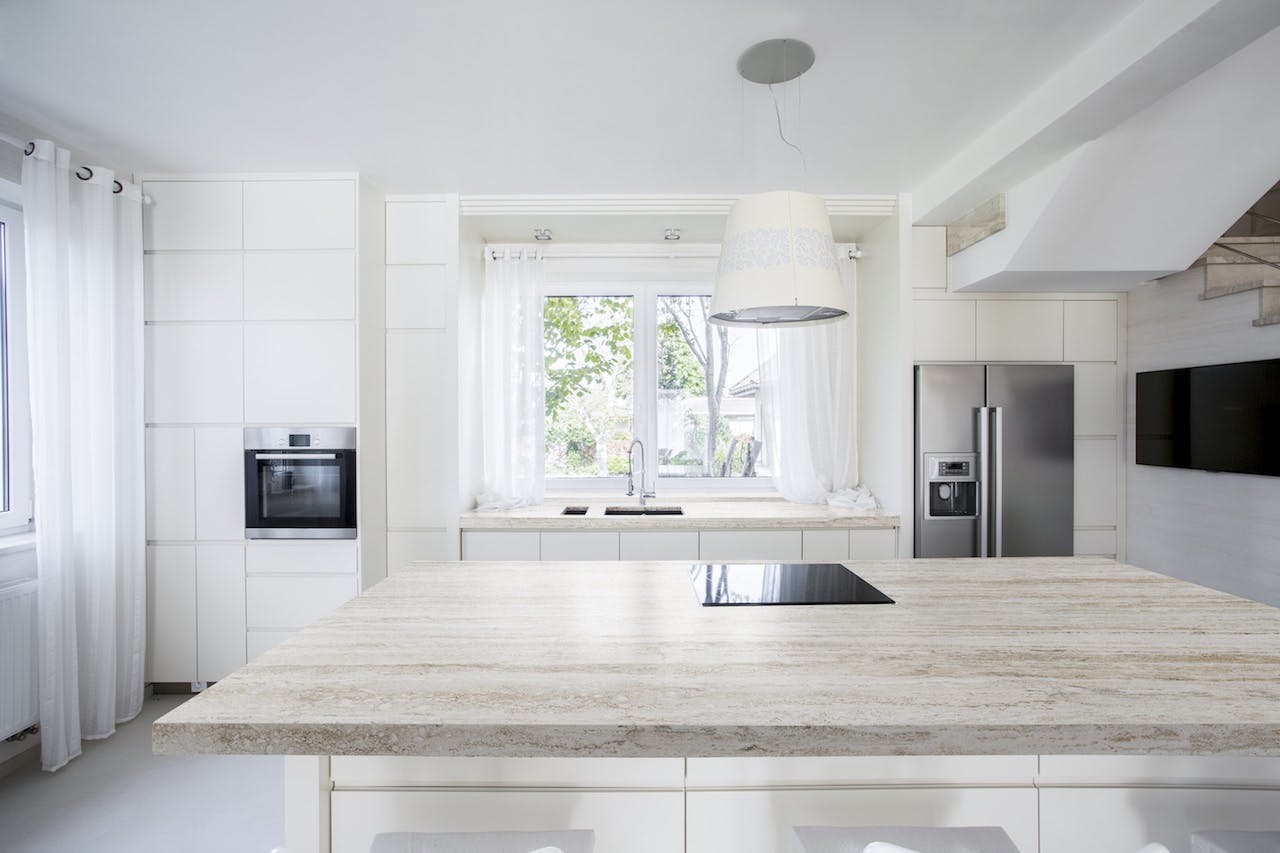
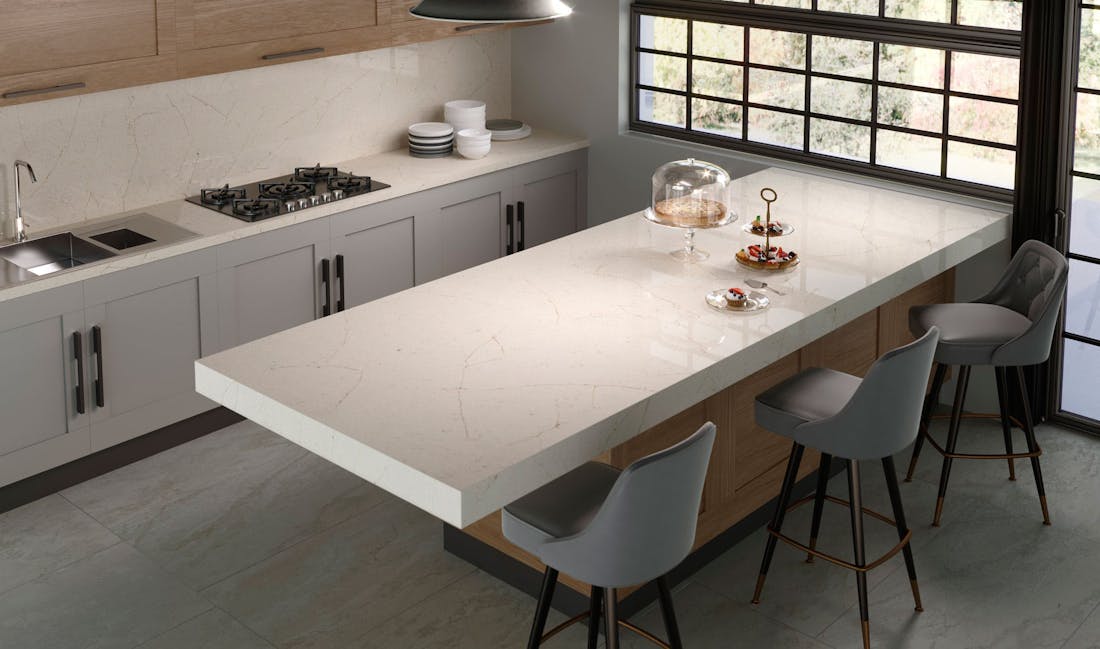
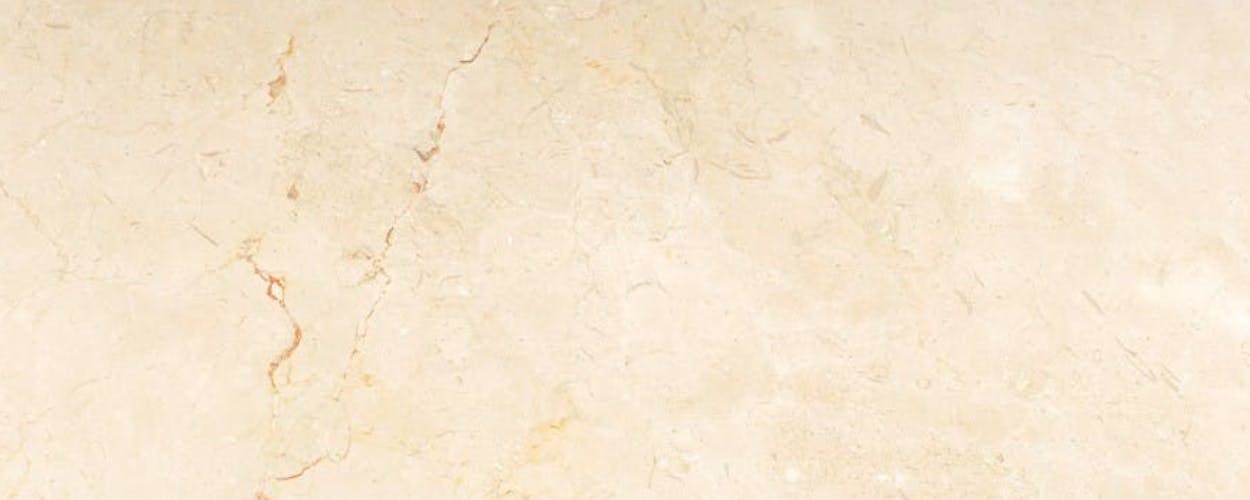



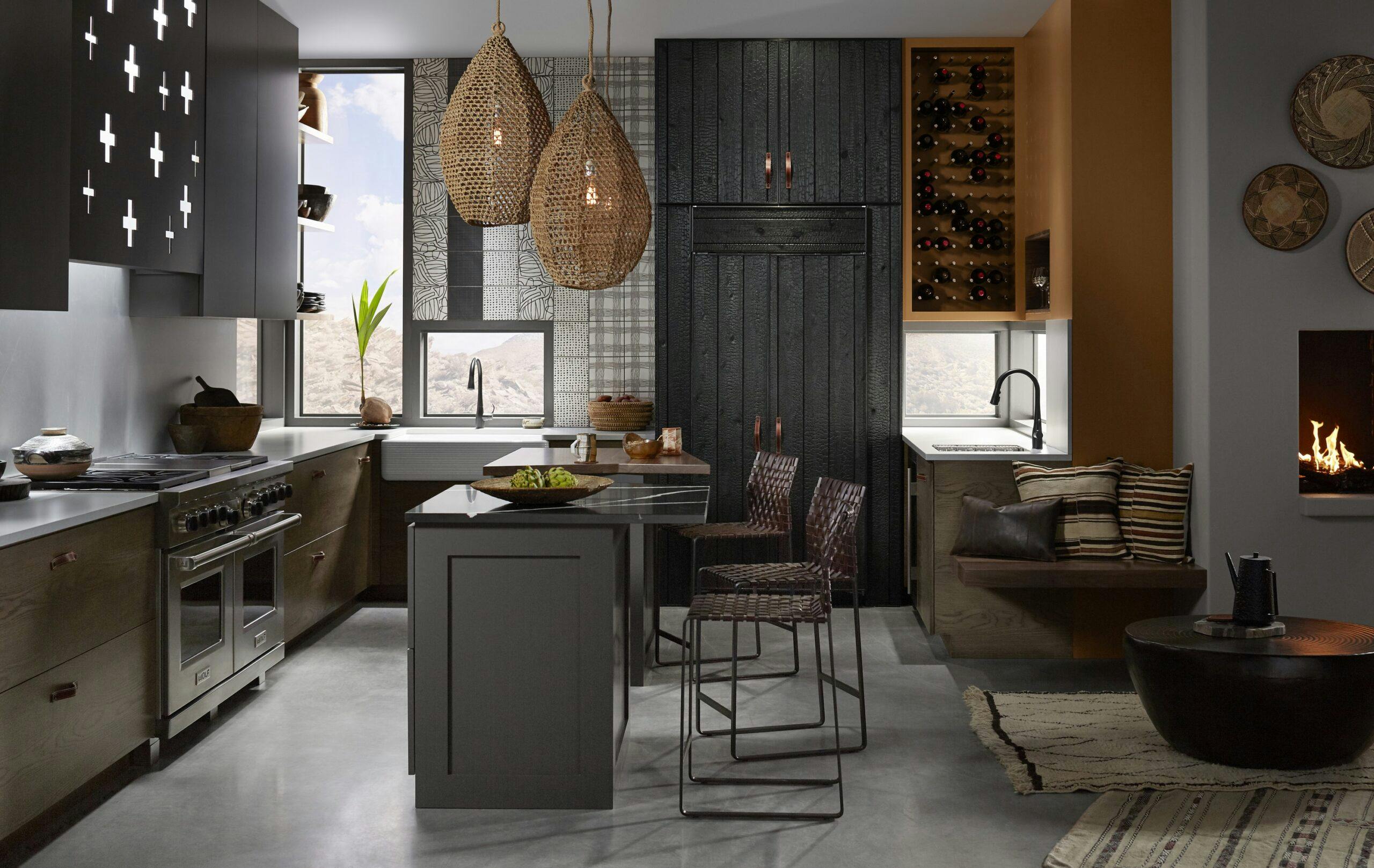 Kitchens by Designs
Kitchens by Designs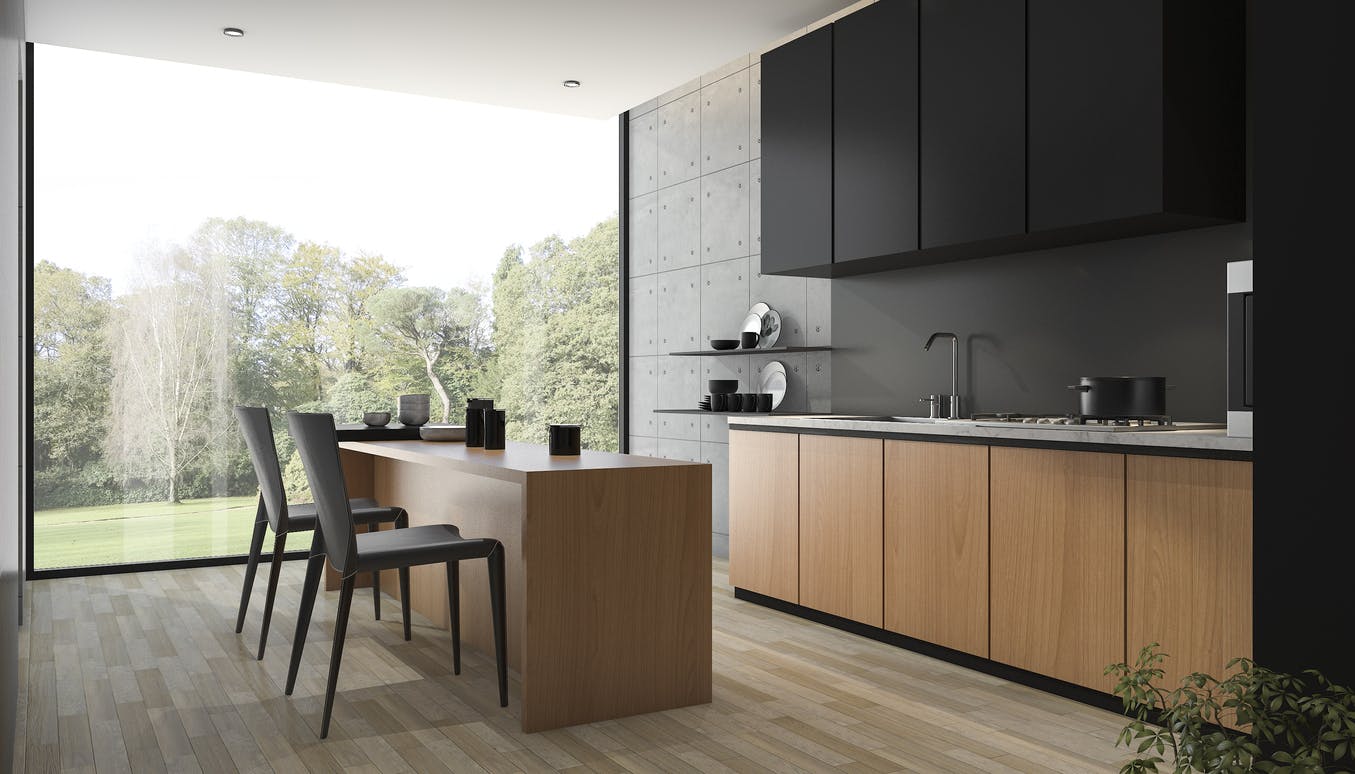 Kitchens by Designs
Kitchens by Designs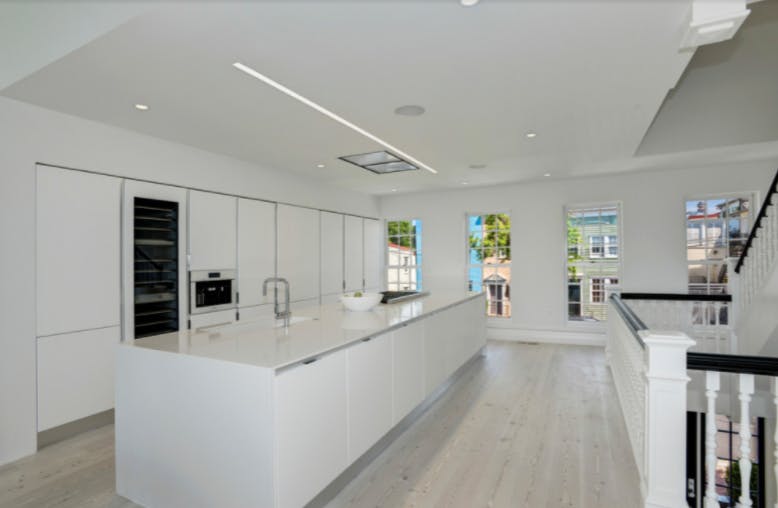 Kitchens by Designs
Kitchens by Designs
